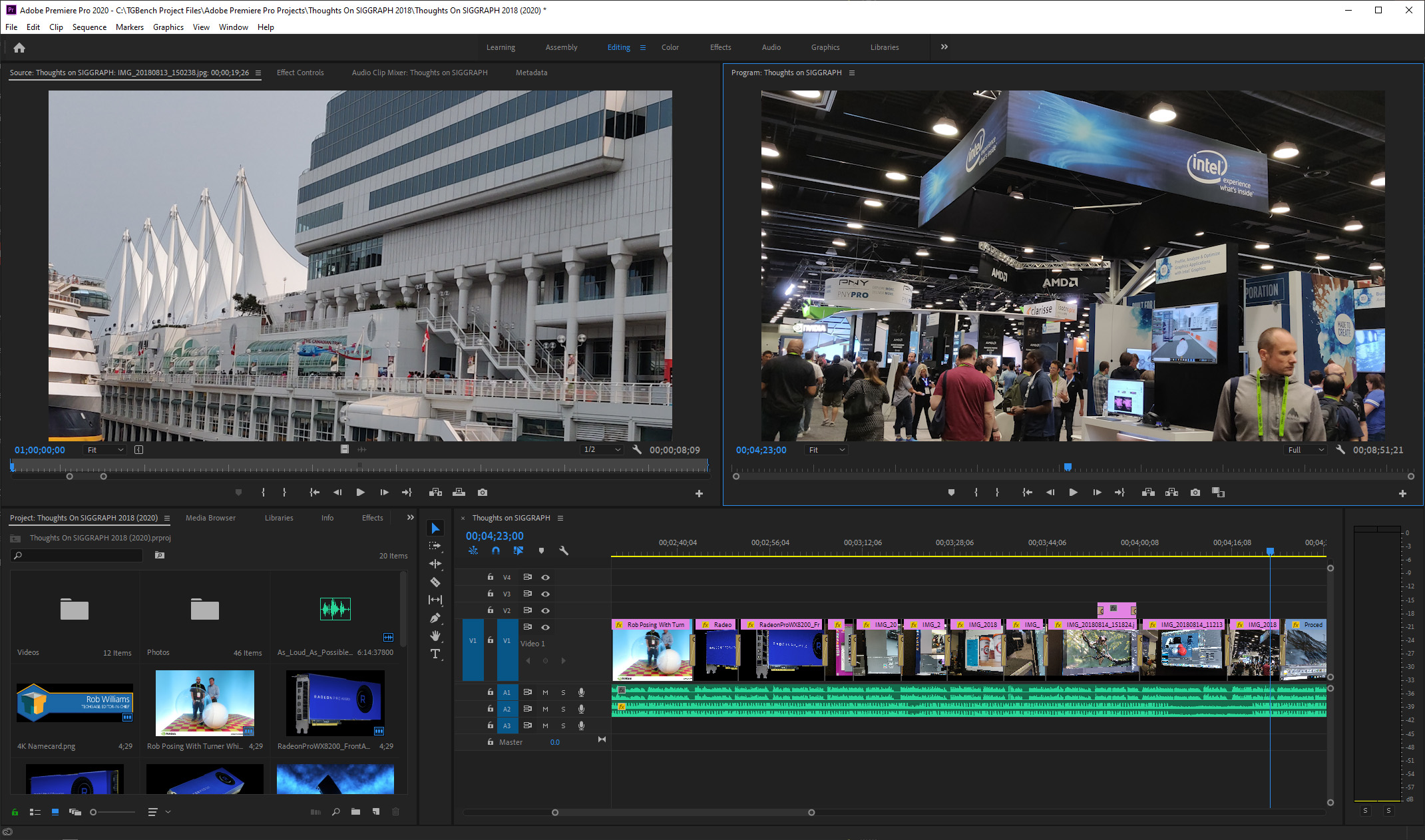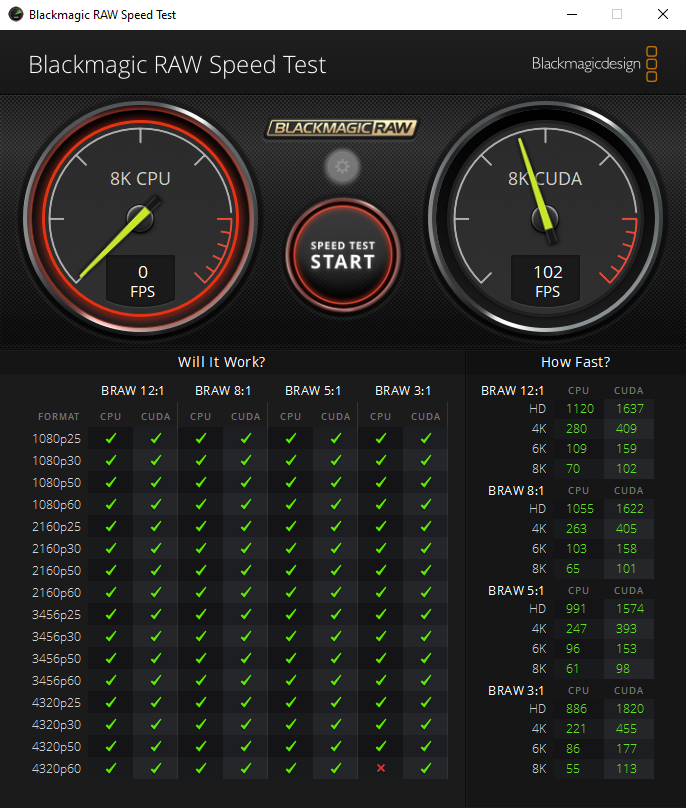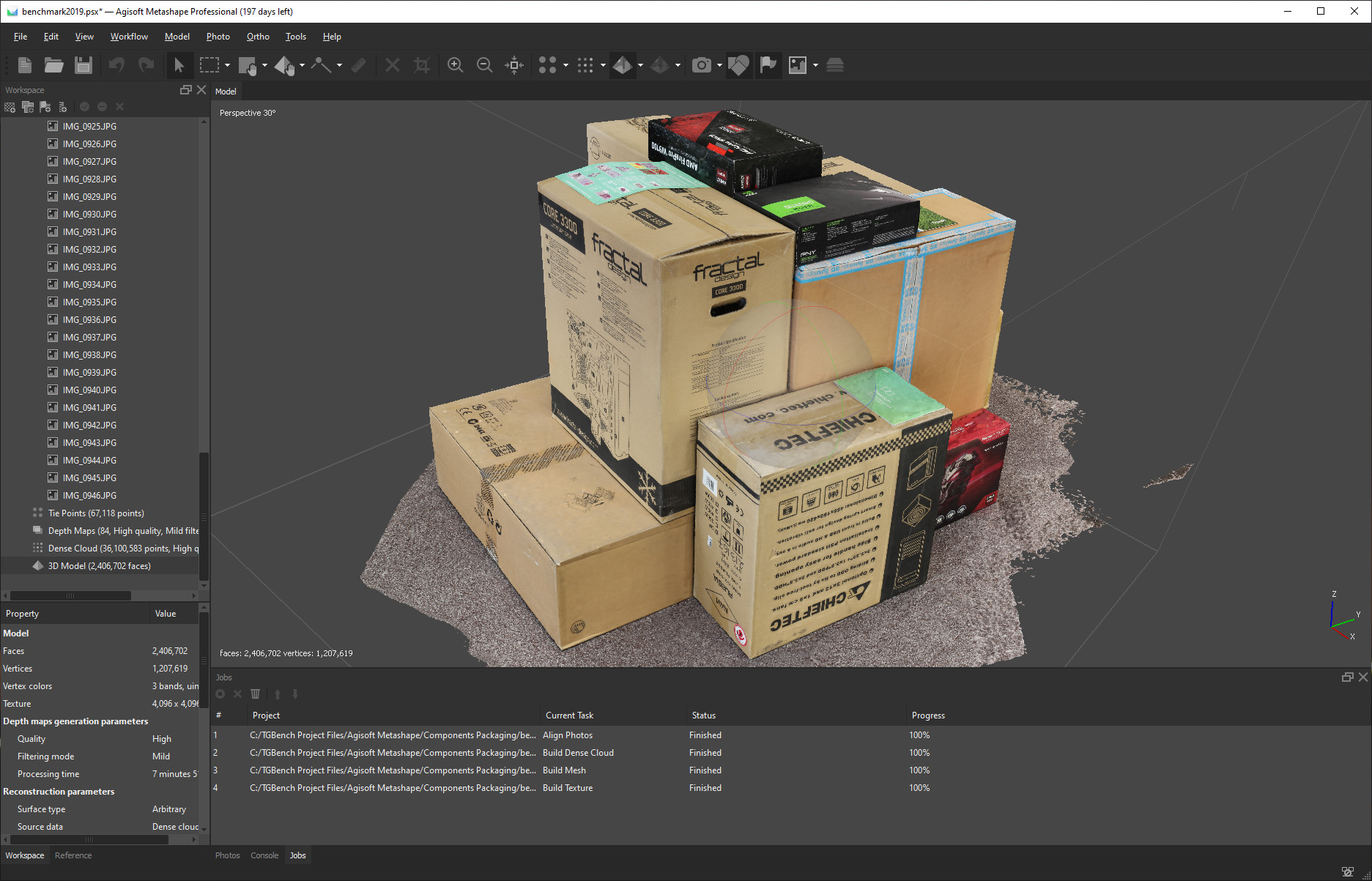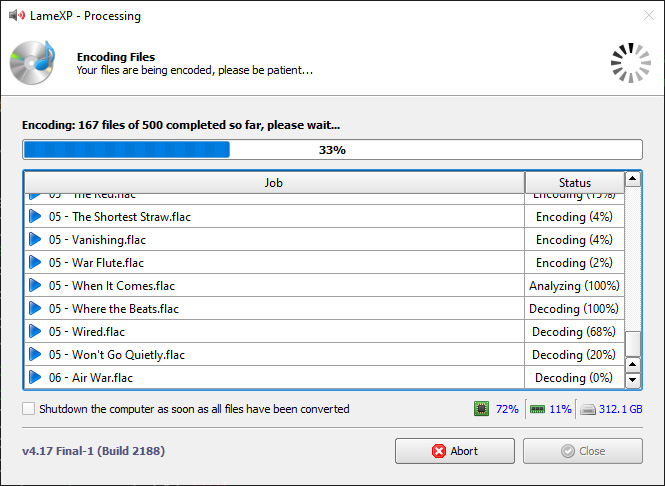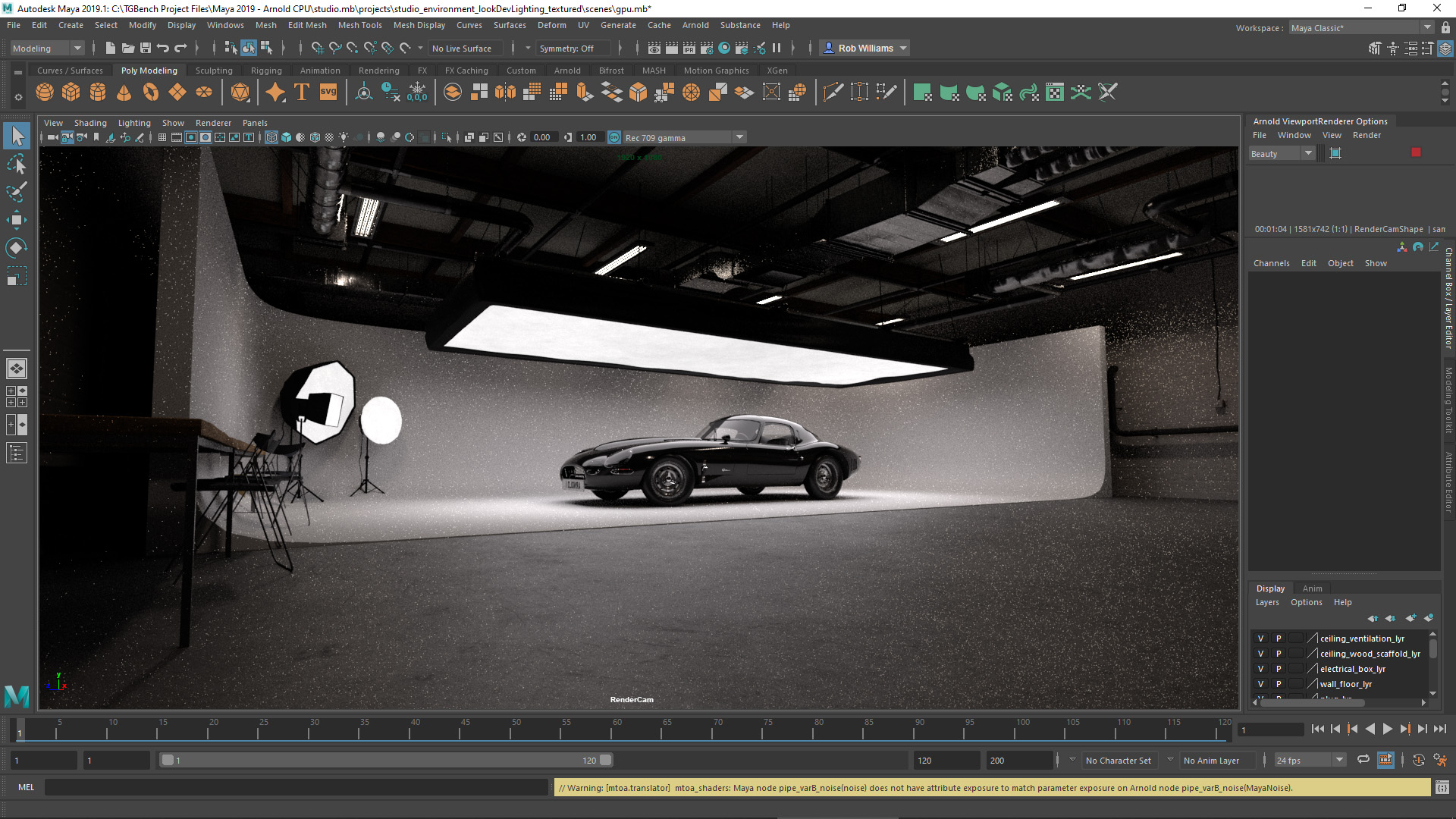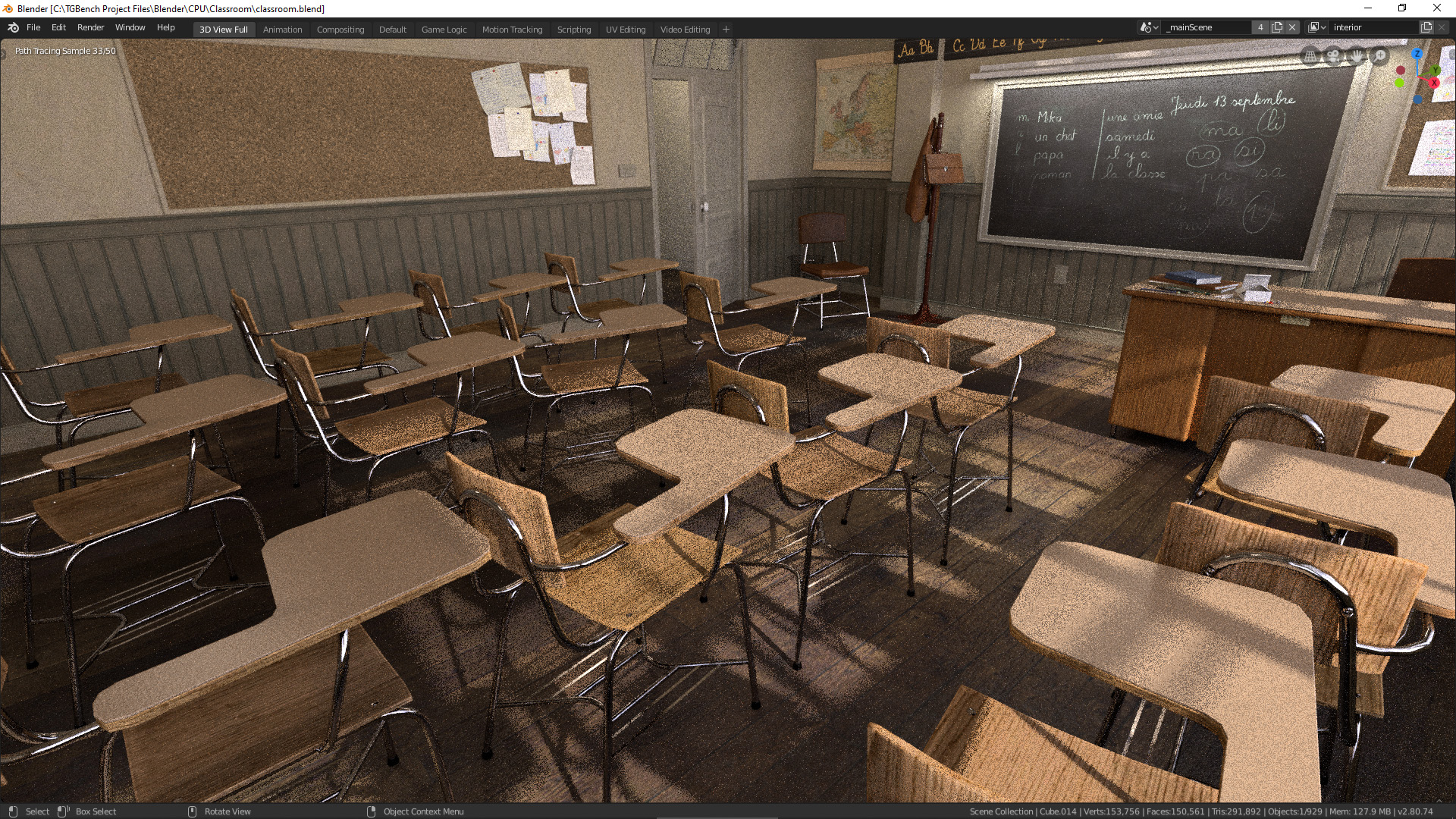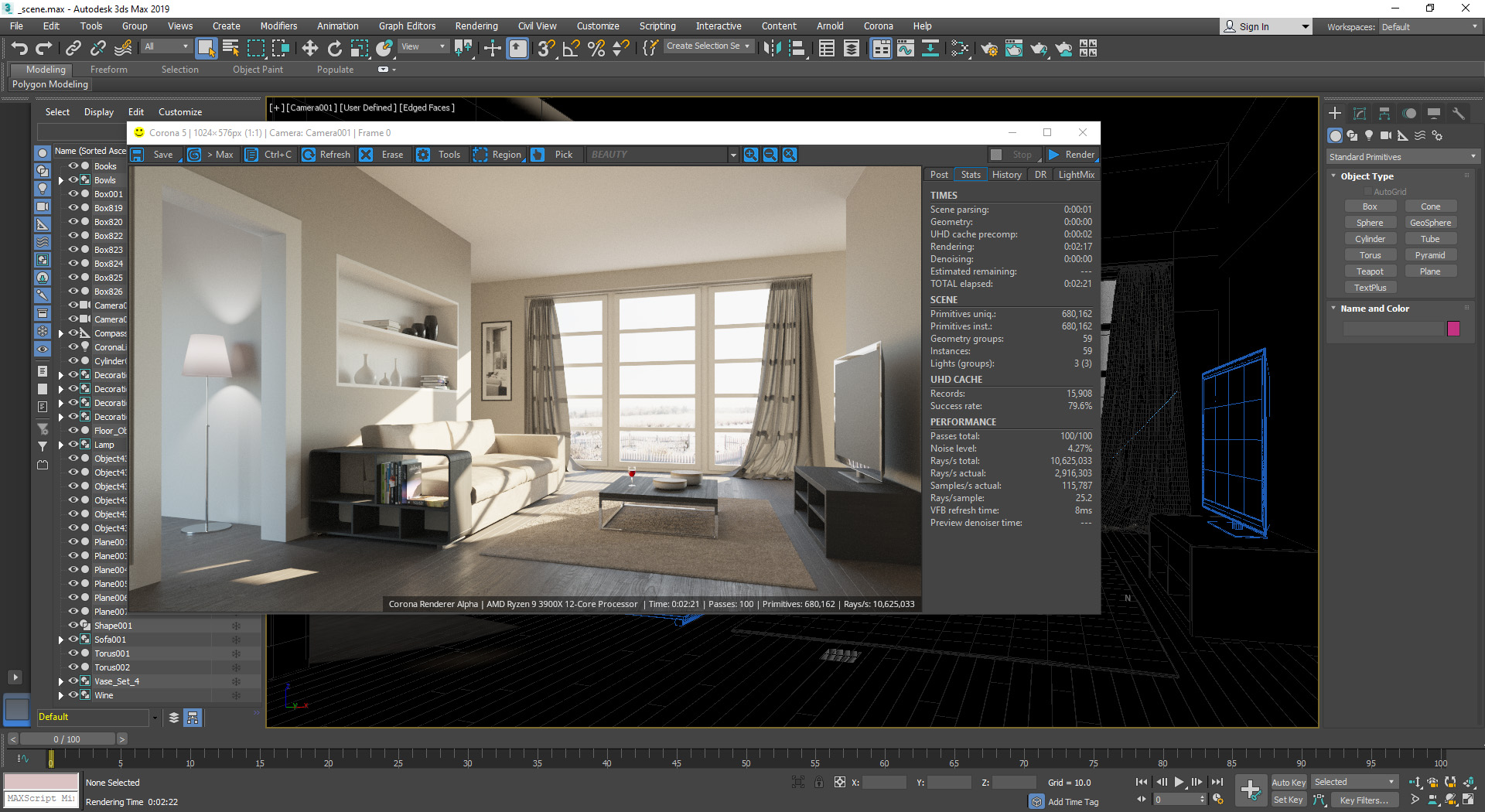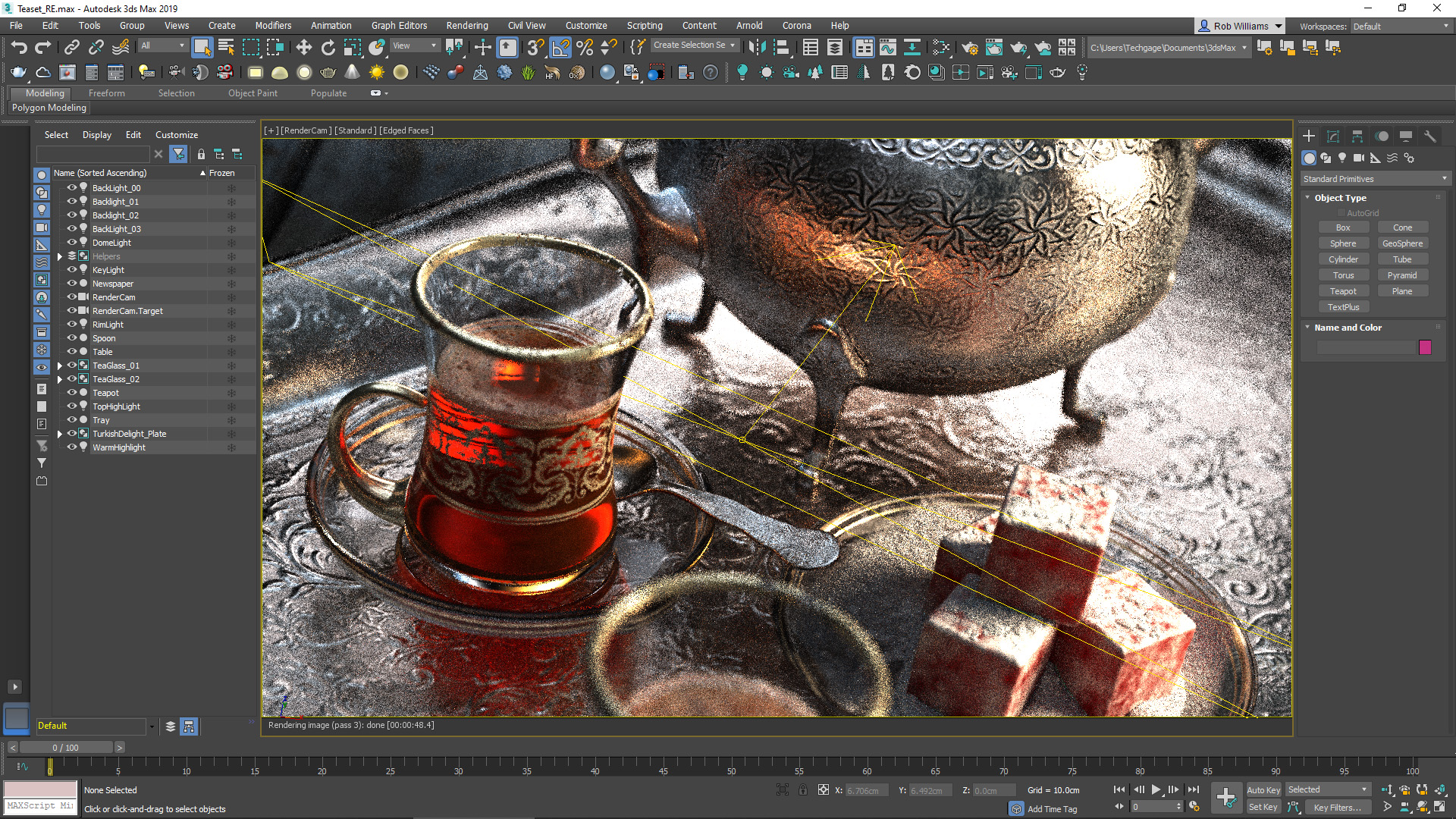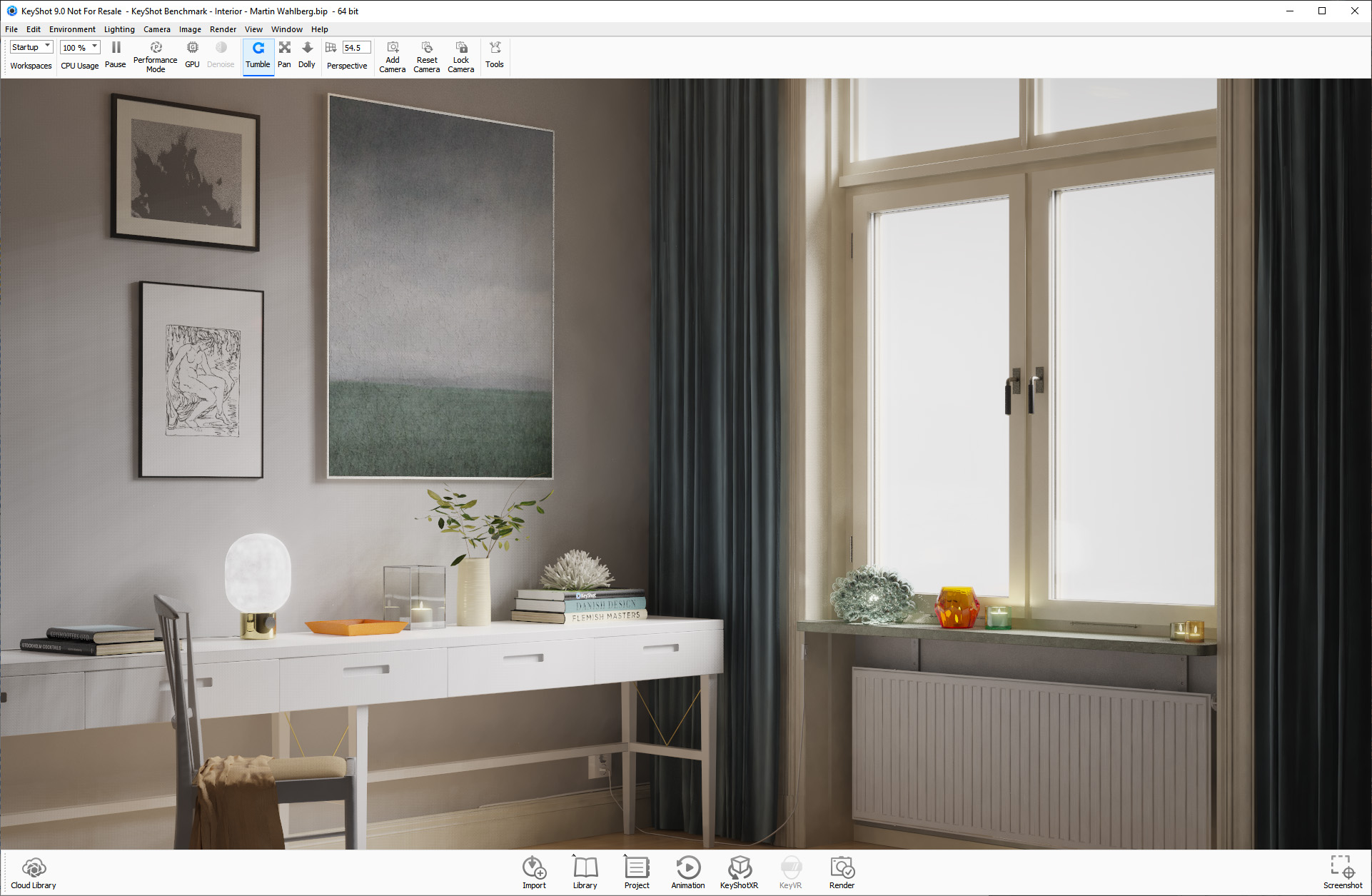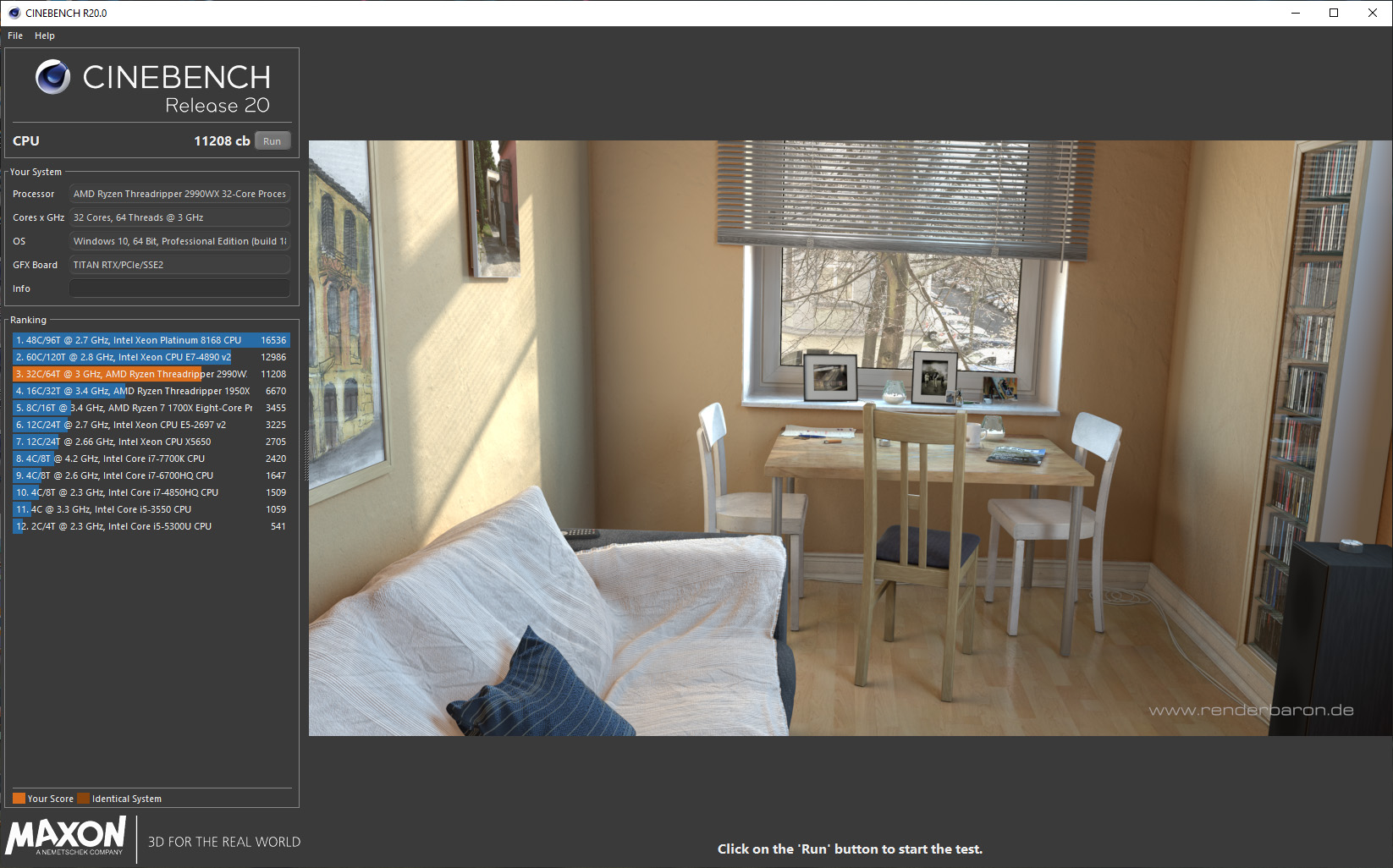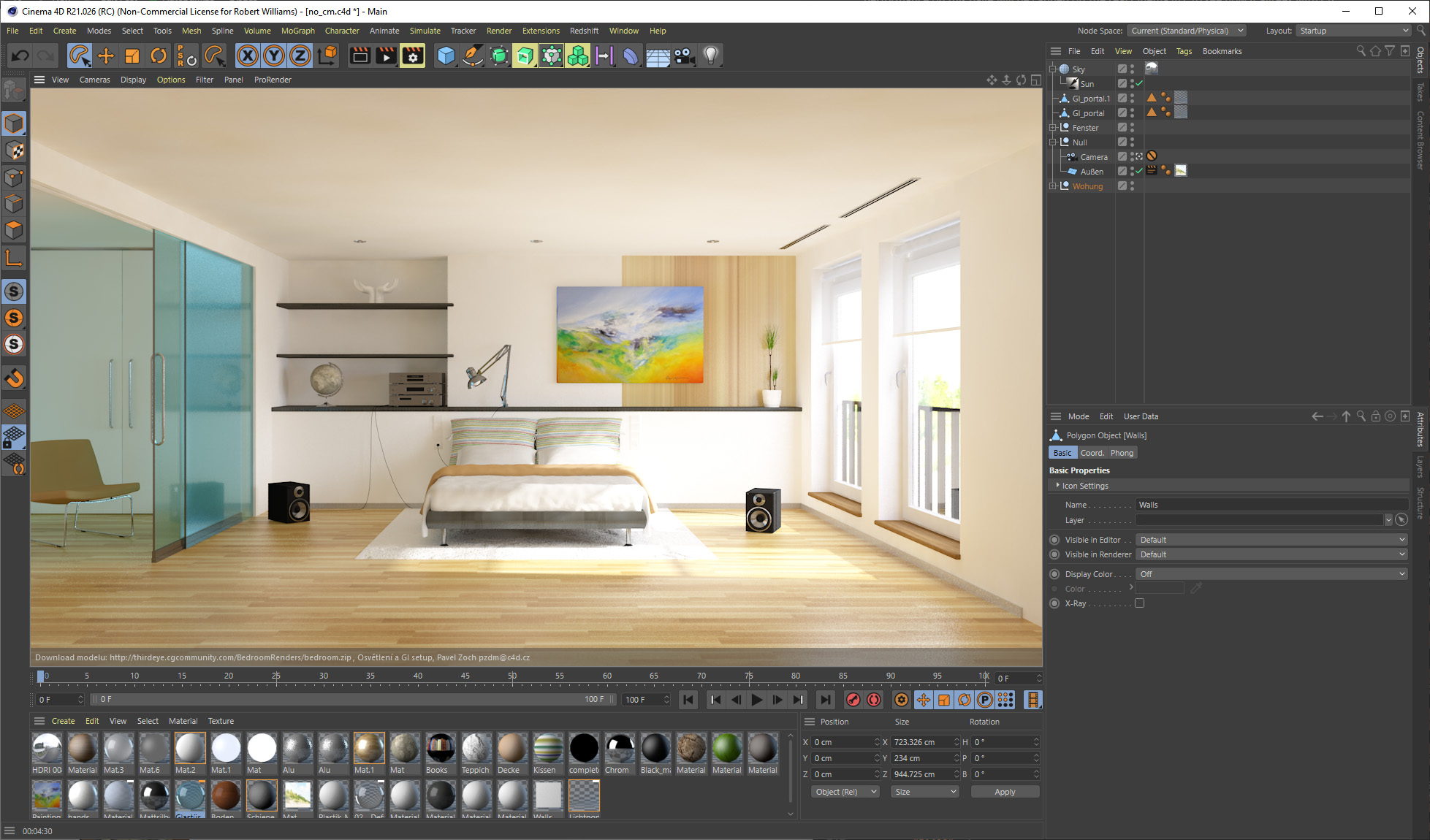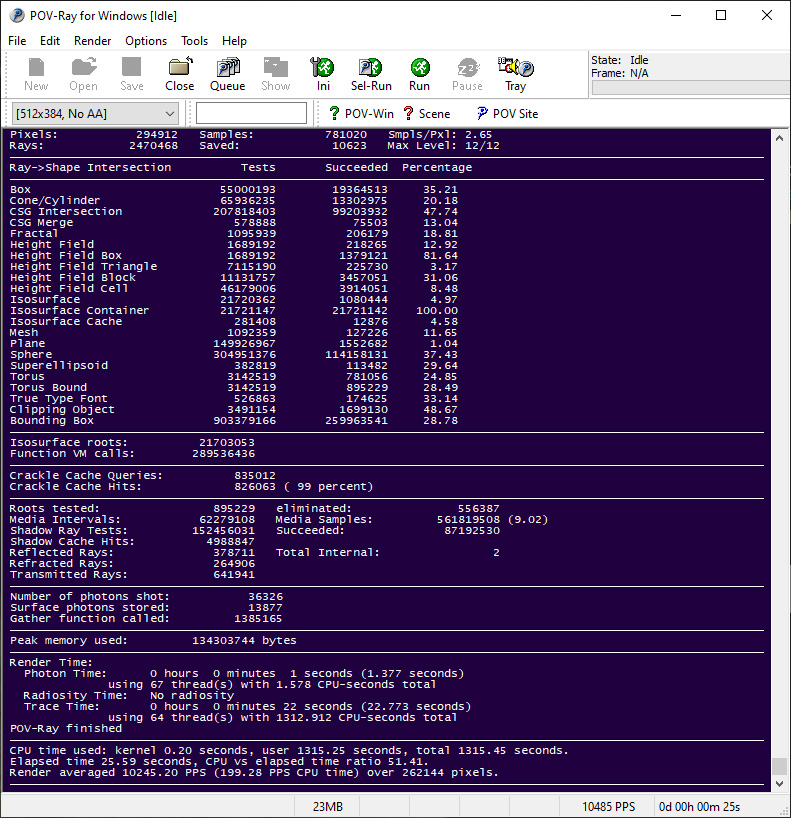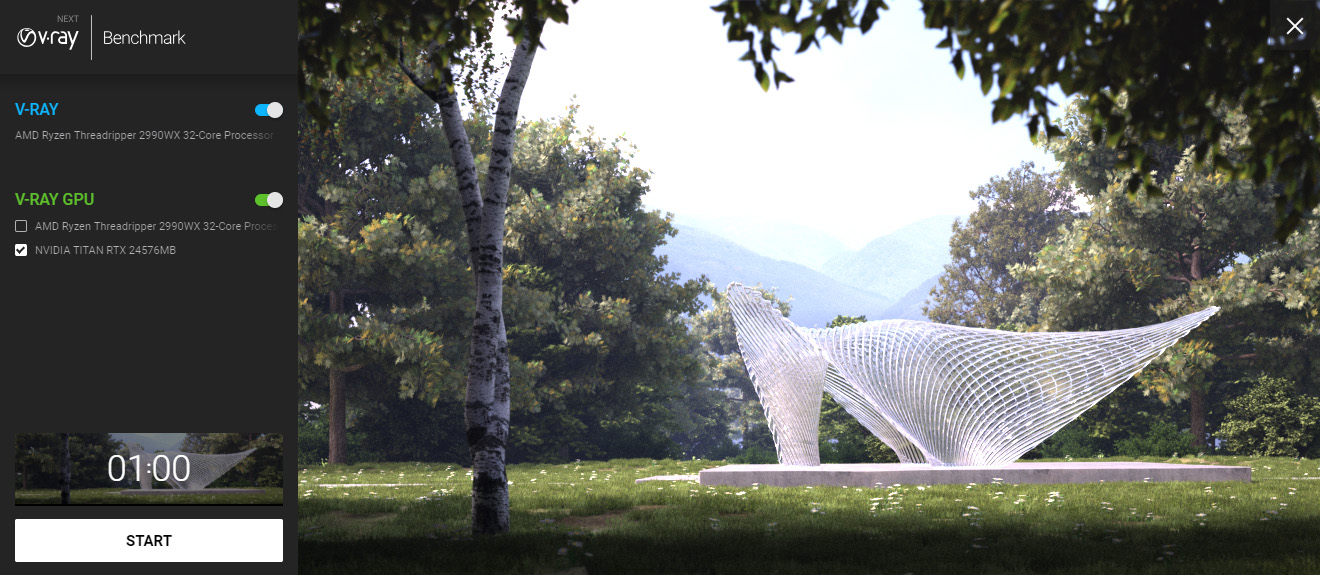- Qualcomm Launches Snapdragon 4 Gen 2 Mobile Platform
- AMD Launches Ryzen PRO 7000 Series Mobile & Desktop Platform
- Intel Launches Sleek Single-Slot Arc Pro A60 Workstation Graphics Card
- NVIDIA Announces Latest Ada Lovelace Additions: GeForce RTX 4060 Ti & RTX 4060
- Maxon Redshift With AMD Radeon GPU Rendering Support Now Available
AMD Ryzen 3 3100 & 3300X Quad-core CPU Performance Review
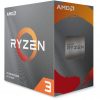
With its Ryzen 3 3100 and 3300X quad-core processors, AMD is delivering some new options to those who want to build a new rig on the cheap. Fortunately, today’s ~$100 processors are pretty powerful, with both of these options impressing us in various ways. So, let’s walk through an onslaught of test results across workstation and gaming workloads to see how these chips stack up.
Page 2 – Test Methodology & Systems
Benchmarking a CPU may sound like a simple enough task, but in order to deliver accurate, repeatable results, strict guidelines need to be adhered to. This makes for rigorous, time-consuming testing, but we feel that the effort is worth it.
This page exists so that we can be open about how we test, and give those who care about testing procedures an opportunity to review our methodology before flaming us in the comments. Here, you can see a breakdown of all of our test machines, specifics about the tests themselves, and other general information that might be useful.
Let’s start with a look at the test platforms. For AMD’s AM4, we’re using ASRock’s X570 TAICHI, while for Intel’s Z390, we’re using ASUS’ ROG STRIX Z390-E GAMING. For this particular review, we didn’t test AMD’s Ryzen Threadripper or Intel’s Core X-series, as both of these reviewed chips don’t need them to help paint a fuller picture. No one eying a $120 CPU is going to suddenly decide on one that costs over $1,000.
As for Intel’s 10th-gen, we have two chips we’ll be benchmarking in full soon, but again, neither of those would help the performance picture here, since neither one competes directly with these Ryzen 3 chips. We sadly do not have any current generation Intel i3 and i5 processors at hand for a price-point comparison.
Our AMD platform is configured simply: XMP for DDR4-3600 is enabled, and that’s enough to get the performance we expect. On the Intel platform, XMP is also enabled, but the ASUS MultiCore Enhancement feature which auto-overclocks the CPU is disabled. The memory speed for Intel is also decreased to DDR4-3200, because we couldn’t get 3600MHz stable this go-around (despite hitting it before). In the future, we’re likely to stick to 3200MHz memory across-the-board(s), because we’ve also had flaky performance on AMD AM4 before.
On the security mitigation front, nothing is explicitly done outside of having the most up-to-date EFI and chipset driver installed on every motherboard. Systems are effectively default, and whichever security mitigations are applied will be automatic ones applied by the motherboard firmware or driver vendor. All platforms are run with 64GB (16-18-18) memory configurations.
Here’s the full breakdown of the test rigs:
Techgage’s CPU Testing Platforms
| AMD AM4 Test Platform | |
| Processors | AMD Ryzen 9 3950X (3.5GHz, 16C/32T) AMD Ryzen 9 3900X (3.8GHz, 12C/24T) AMD Ryzen 7 3700X (3.6GHz, 8C/16T) AMD Ryzen 5 3600X (3.8GHz, 6C/12T) AMD Ryzen 3 3300X (3.8GHz, 4C/8T) AMD Ryzen 3 3100 (3.6GHz, 4C/4T) |
| Motherboard | ASRock X570 TAICHI CPUs tested with BIOS P2.80 (January 3, 2020) |
| Memory | Corsair VENGEANCE (CMT64GX4M4Z3600C16) 16GB x4 Operates at DDR4-3600 16-18-18 (1.35V) |
| Graphics | NVIDIA RTX 2080 Ti (12GB; GeForce 442.92) |
| Storage | WD Blue 3D NAND 1TB (SATA 6Gbps) |
| Power Supply | EVGA Bronze 600B1 (600W) |
| Chassis | Fractal Design Define C |
| Cooling | Corsair Hydro H115i PRO RGB (280mm) |
| Et cetera | Windows 10 Pro (1909, Build 18363) |
| Intel LGA1151 Test Platform | |
| Processors | Intel Core i9-9900KS (4.0GHz, 8C/16T) Intel Core i7-8700K (3.70GHz, 8C/16T) |
| Motherboard | ASUS ROG STRIX Z390-E GAMING CPUs tested with BIOS 1502 (February 21, 2020) |
| Memory | Corsair VENGEANCE (CMT64GX4M4Z3600C16) 16GB x4 Operates at DDR4-3600 16-18-18 (1.35V) |
| Graphics | NVIDIA RTX 2080 Ti (12GB; GeForce 442.92) |
| Storage | WD Blue 3D NAND 1TB (SATA 6Gbps) |
| Power Supply | Corsair RM650X (650W) |
| Chassis | Corsair Crystal X570 |
| Cooling | Corsair Hydro H100i V2 AIO Liquid Cooler (240mm) |
| Et cetera | Windows 10 Pro (1909, Build 18363) |
Testing Considerations
For our testing, we use Windows 10 build 18363 (1909) with full updates. Here are some basic guidelines we follow:
- Disruptive services are disabled; eg: Search, Cortana, User Account Control, Defender, etc.
- Overlays and / or other extras are not installed with the graphics driver.
- Vsync is disabled at the driver level.
- Power profiles used: High / Ultimate Performance for Intel, Ryzen Balanced for AMD.
- OSes are never transplanted from one machine to another.
- We validate system configurations before kicking off any test run.
- Testing doesn’t begin until the PC is idle (keeps a steady minimum wattage).
- All tests are repeated until there is a high degree of confidence in the results.
- Benchmarks of modern workloads matter, so we always try to use up-to-date software.
Encoding Tests
Adobe Lightroom Classic
Adobe Premiere Pro
Agisoft Metashape
Blackmagic RAW Speed Test
HandBrake
LameXP
(You can click each name to go straight to that result.)
Rendering Tests
Arnold (Maya 2019) (Also relevant to: 3ds Max, C4D, Houdini, Katana, Softimage)
Blender
Cinebench
Corona (3ds Max 2019) (Also relevant to: C4D)
KeyShot (Also relevant to: 3ds Max, Maya, Creo, SketchUp, SolidWorks, NX, Rhino)
POV-Ray
V-Ray Next (3ds Max 2019) (Also relevant to: C4D, Houdini, Maya, Rhino, SketchUp)
V-Ray Benchmark
SiSoftware Sandra 2020
(You can click each name to go straight to that result.)
If you think there’s some information lacking on this page, or you simply want clarification on anything in particular, don’t hesitate to leave a comment.
Support our efforts! With ad revenue at an all-time low for written websites, we're relying more than ever on reader support to help us continue putting so much effort into this type of content. You can support us by becoming a Patron, or by using our Amazon shopping affiliate links listed through our articles. Thanks for your support!






